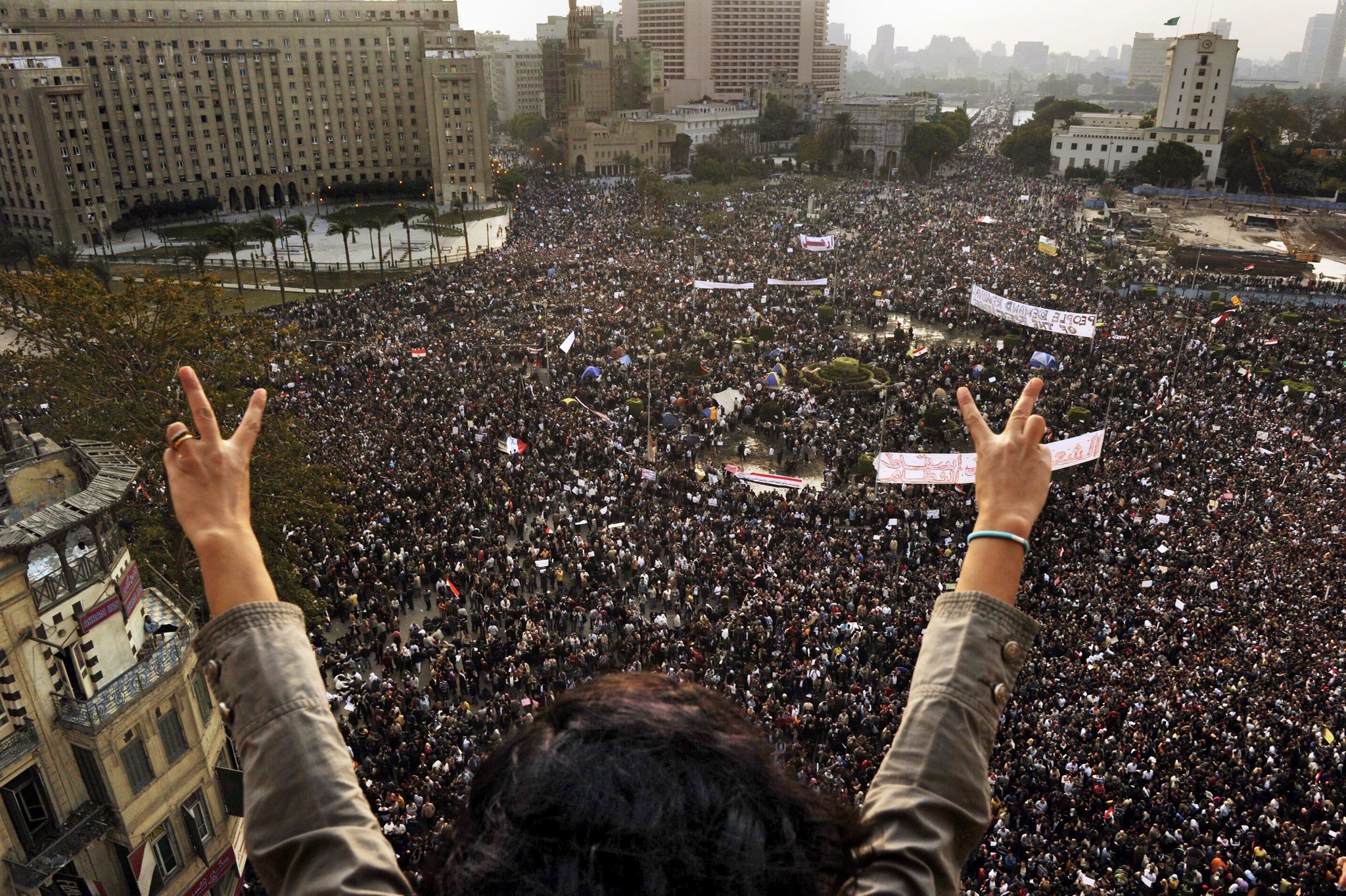12 Years of Heavy Seasons: How the Arab Spring Lit Up
/“The Arab Spring that began in 2010 was driven by the educated youth who were connected to the outside world. They had visions of liberal politics derived from social networks. They used innovative means to spread awareness and to network among activists.”
____________________________________________________
On the morning of December 17th, 2010, a 26-year-old Tunisian street vendor named Mohamed Bouazizi set himself on fire as a desperate way to protest the oppressive and thoughtless government of his country. Without a reason to live after having his wares confiscated and feeling humiliated after facing harassment by a municipal officer after trying to stand up for himself, Bouazizi lit the fire as those reasons were his match, and on January 4th, the young man died of his injuries. What followed was something that would become an important moment in the MENA (Middle East and North Africa) region’s history, for better or worse.
Under Zine El Abidine Ben Ali’s rule, Tunisia faced many problems such as high inflation, lack of freedom of speech, and poverty. Undoubtedly, Bouazizi’s death gave way for his fellow Tunisians to start a massive protest with the purpose of having Ben Ali resign from office, while seeing him as a martyr and symbol of their demonstration. In response to the protests, the dictator used violence as an attempt to put his people under control. However, this didn’t stop the millions of dedicated Tunisians from advancing their march. In just a week, the protesters saw victory after Ben Ali resigned and fled the country to Saudi Arabia, ultimately giving the citizens what they so desired, which was democracy.
As a result of the Tunisians using social media to record their activity, it spread to other neighbouring countries who wanted to replicate Tunisia’s success with developing a democracy as those countries also faced a similar situation with having a dictator ruling their nation. Basically, Morocco, Algeria, Libya, Egypt, Syria, Iraq, Yemen, and the rest of MENA followed shortly or later and followed in Tunisia’s footsteps. However, at the end of it all, Tunisia was the only country to have a successful Arab Spring. While Egypt did gain democracy after their ruler easily stepped down like Tunisia’s, it was short-lived as the country became a dictatorship once again after electing another leader.
THE PEOPLE DEMAND THE REMOVAL OF THE REGIME, الشعب يريد إسقاط النظام - The slogan of the protests
Photo credit to Vox
Fundamentally, after the Spring came to an end in 2012, the aftermath of the events that affect the countries today have been termed as the “Arab Winter.” The Winter isn't only affecting the MENA region, it can also be seen around the rest of the world. Europe, notably, is dealing with a migrant crisis, which started in 2015. One of the causes for why that happened is because of the ongoing civil wars of Libya, Syria, and Yemen, which started from the Spring. To continue, the rise of ISIS and ISIL also started because of the chaos.
In conclusion, the Arab Spring started after a young street vendor in Tunisia used self-immolation to protest his government's brutal ways, which would start a revolution across the MENA region. As a result, countries were wrecked. Lives were ruined. And above all else, many of them were a failure, but Bouazizi’s death is the reason how it came to light.
Mohamed Bouazizi محمد البوعزيزي, the man who started the flame
Photo credit to Wikipedia
The extent of many protests around the MENA world
Photo credit to The New York Times
Understand, the reason why countries like Libya, Syria, and Yemen are war havocked today is because of their attempt with the Arab Spring. Taking Libya for example, because their leader, Muammar Gaddafi refused to step down so easily like with Tunisia and Egypt’s, this caused the country to go into a civil war between citizens who were pro-Gaddafi and anti-Gaddafi, which had the United States and NATO on their side. After Gaddafi was assassinated by Libyan rebels, with his regime falling apart as a result, the Libyans expected to receive democracy like the United States promised, but instead their country has fallen extremely hard from the richest country in Africa under Gaddafi, where education and healthcare was free, women had equal opportunities as men, and was considered a paradise, to a devastated and poor country in Africa after him, where slavery is rampant, citizens are poor, and equality is lacking. The same happened with Syria and Yemen after NATO’s intervention. The only difference between Libya and the two other countries that fell into civil war is that Syria's leader never stepped down or was killed and Yemen’s did resign, but the country was still riddled with war.
An ISIS fighter in a tank as 2015 saw the rise of many terrorists groups because of the aftermath of the Arab Spring
Photo credit to Amnesty International UK
Hey there,
My name is Tia Nsoedo and I am a 19-year-old student in the Professional Writing program, but after that, I plan on going straight into the Scriptwriting one.
I am very passionate about drawing, creating characters, writing, and music, while interested in countries, history, crime cases, animated tv shows, meanings/origins of first and given names, and video games.
In the future, I hope to become a scriptwriter, where I get to script my own animated tv show (Hopefully).







